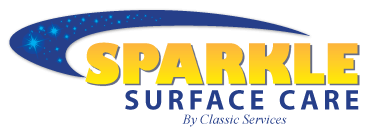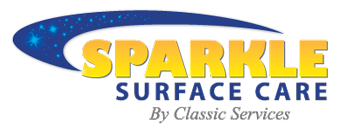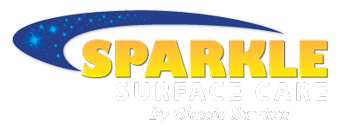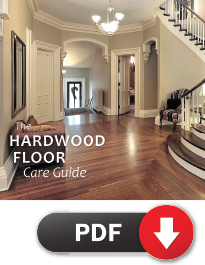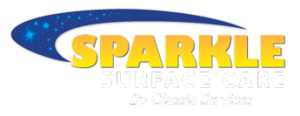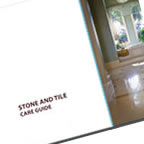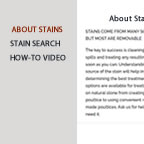Hardwood Floors
CARING FOR IT
Proper care of your hardwood floors will not only keep them looking great, it will maximize their life. Here are some essential care tips.
Homeowners often find proper wood floor cleaning confusing because many off-the-shelf products and infomercials can be misleading, ultimately causing damage or leaving residue. We also frequently address issues
stemming from the overuse of “shine rejuvenating” products that create buildup, soil the surface, and result in a cloudy finish. Moreover, regular steam use can compromise floor finishes.
Fortunately, most wood floors can be kept looking beautiful with minimal effort. In many cases, a small amount of preventive care is all that’s needed to preserve—and even enhance—the natural patina that develops over the years.
